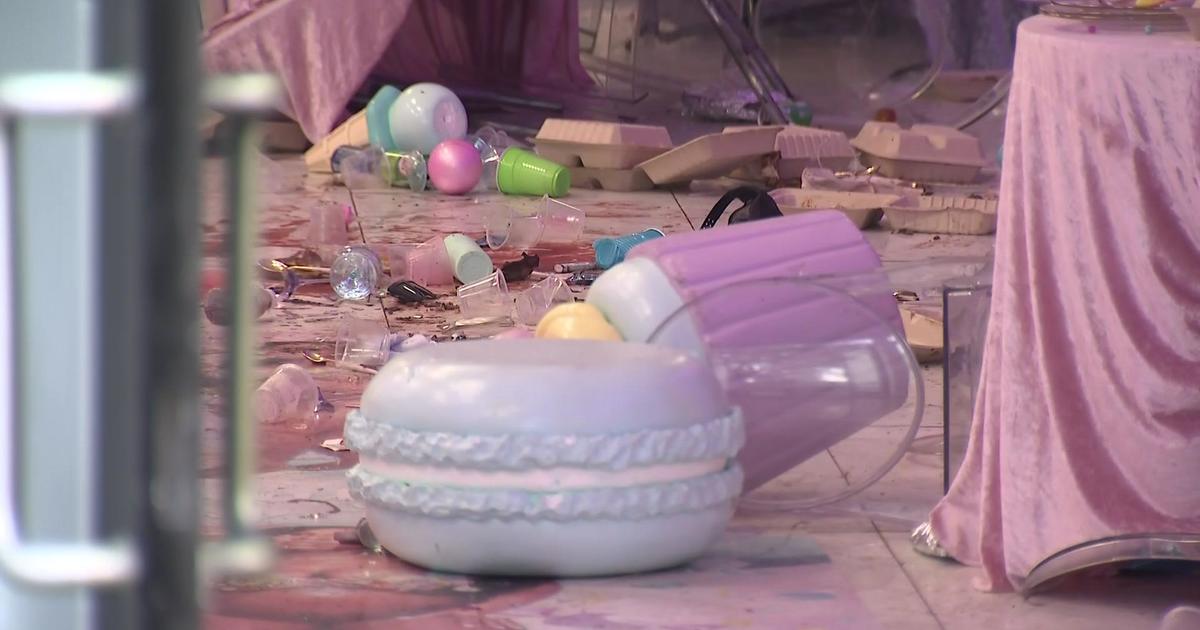Scientists Say They're Close To 3D Printing For Tissues, Organs, Bones
NEW YORK (CBSNewYork) -- With so many things being made with 3D printers, you'd think making body parts would be easy: just replace plastic cells in the printer and boom, you've got a femur or a kidney.
Not surprisingly, it's a lot more complicated. But a new study says scientists are getting pretty close.
What started out as a hi-tech version of the ink jet printer you probably have at home has evolved into something that could be life-saving.
The 3D printer is actually capable of making living tissue, like a jaw bone made out of live cells. And that's just the beginning.
"We've printed soft tissues such as muscle, medium-strength such as cartilage, and hard, such as a bone for jaw or skull," Dr. Anthony Atala, of Wake Forest Institute for Regenerative Medicine, told CBS2's Dr. Max Gomez.
But to accomplish these feats, Dr. Atala and his colleagues realized that it wasn't enough to just squirt cells out through the tiny nozzle of a printer. That tactic resulted in a squishy blob of cells that couldn't be surgically implanted. More importantly, those cells had to be fed with enough nutrients to keep them alive.
"The key to technology was to create micro-channels and to print these very, very thin micro-channels. So we basically are building a highway into the central portion of these tissues so they can be fed," Dr. Atala explained.
The printer actually shoots out a gel called "bio-ink," a mixture of cells and nutrient solution that, along with those micro-channels, keeps the cells alive until the body's own blood vessels and capillaries grow into the new tissue.
The bio-ink also solidifies along with the cells as it's printed so it's firm enough to be handled and implanted. The procedure has already been done in animals.
"We've implanted in mice and rats, now we're doing long-term studies that are needed so we can take this technology to patients," Dr. Atala said.
The simplest structures to print out are flat tissues like skin, followed by tubular and hollow organs like blood vessels and bladders. The most complex are solid organs like livers, hearts, and kidneys. Those are still a ways off, but some of these made-to-order body parts are already a reality.



